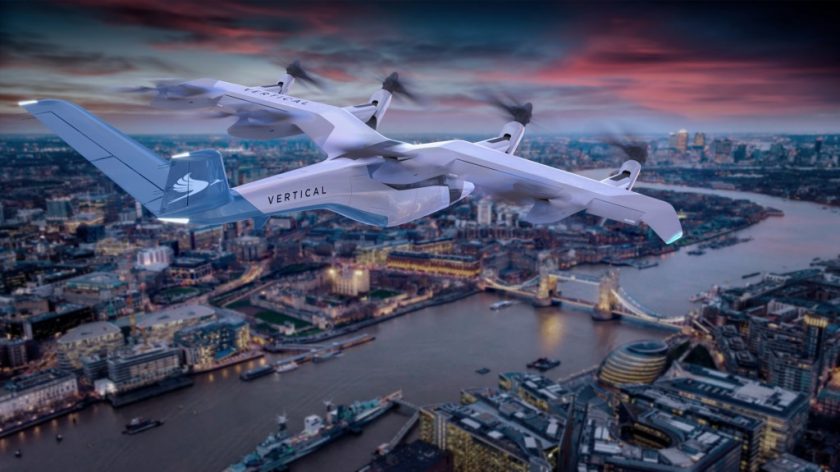Safely integrating, not segregating, different airspace users is the key to unlocking the next era of aviation, while maintaining the same safety standards, according to Tharaka Kothalawala, writing in a blog published by UK air navigation service provider (ANSP) NATS. “The challenge on us, therefore, is to evolve our airspace into a single expanse with access determined based on the technological capability of the vehicles wanting to use it – and users’ understanding of the role they play in keeping themselves and others safe.
“Innovate UK – the Government’s innovation agency that funds research projects – recently launched a four year, UKP125 million programme that aims to start answering these fundamental questions. The ‘Future Flight Challenge’ brings together consortia of aeronautical pioneers to explore inventive new ways to achieve greener flight, improve connectivity, alleviate congestion and ultimately create new ways to travel by air. The three-phase programme seeks to demonstrate a fully integrated aviation system in 2024.
“NATS is involved in five different consortia that have been awarded funding by the Government, three of which which are investigating how automated flights could safely improve connectivity.
- “Project West of England, led by Atkins, is investigating how Urban Air Mobility (UAM) can safely transport people by air within an urban environment around Bristol.
- “Project CAELUS, led by AGS, is modelling how an Unmanned Traffic Management (UTM) system could enable automated drone deliveries to overcome the challenges that the healthcare sector faces in getting medical parcels delivered quickly and efficiently within a rural environment in Scotland.
- “Project iSHIMANO, led by Malloy Aeronautics, is exploring how a novel radio beacon system could be deployed near Oxford to aid autonomous vehicle navigation…..
- Project DBAS, led by SEES-Ai, aims to develop and validate the first Beyond Visual Line of Sight (BVLOS) aviation system, which also involves developing a master control room capable of providing backup operational support to remote pilots using the system.
- Similarly, Project Fly 2 Plan led by Heathrow Airport seeks to build a master data sharing platform to provide all airspace users with equitable access to data, in order to improve situational awareness and enable seamless integration of UTM and UAM with manned flights.
“These concepts are not entirely new, but the potential to realise them has never been as close as it is today. ‘Building back better’ from the devastating effect of the pandemic, along with our net zero ambitions, will require us to find new and sustainable ways of utilising our airspace. Industry wide collaborations like the Future Flight Challenge will be fundamental to achieving that, and these projects are all great examples of the collective innovation that will be needed to deliver lasting and practical solutions.”
For more information
https://nats.aero/blog/2021/02/how-we-are-rising-to-the-future-flight-challenge/




